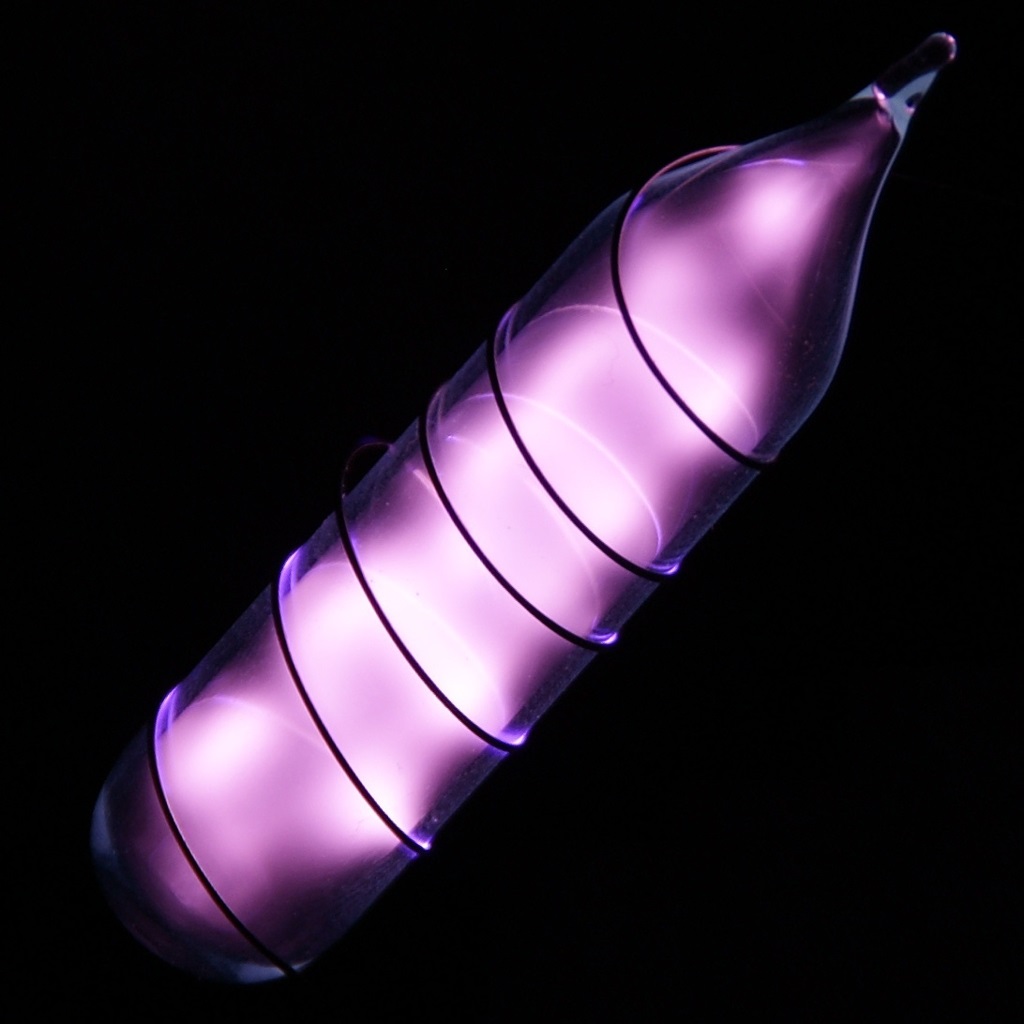氦
2
He
族
18
週期
1
區
s
個質子
電子
個中子
2
2
2
一般屬性
原子序數
2
標準原子質量
4.002602
品質編號
4
類別
惰性氣體
顏色
無色
放射性
否
希臘文 '太陽的元素'
晶體結構
面居中立方
歷史
French astronomer Jules Janssen obtained the first evidence of helium during the solar eclipse of 1868.
Norman Lockyer and Edward Frankland suggested the name helium for the new element.
In 1895, Sir William Ramsay discovered helium in the uranium mineral cleveite.
It was independently discovered in cleveite by Per Teodor Cleve and Abraham Langlet.
Norman Lockyer and Edward Frankland suggested the name helium for the new element.
In 1895, Sir William Ramsay discovered helium in the uranium mineral cleveite.
It was independently discovered in cleveite by Per Teodor Cleve and Abraham Langlet.
每個外殼的電子
2
電子排布
1s2
Unlike any other element, helium will remain liquid down to absolute zero at normal pressures
物理性質
物態
氣體
密度
0.0001785 g/cm3
熔點
0.95 K | -272.2 °C | -457.96 °F
沸點
4.22 K | -268.93 °C | -452.07 °F
熔化熱
0.02 kJ/mol
汽化熱
0.083 kJ/mol
比熱容
5.193 J/g·K
地殼豐度
5.5×10-7%
宇宙豐度
23%

CAS 編號
7440-59-7
Pubchem CID 編號
23987
原子性質
原子半徑
31 pm
共價半徑
28 pm
電負性
-
電離電位
24.5874 eV
原子體積
27.2 cm3/mol
熱導率
0.00152 W/cm·K
氧化態
0
應用
Helium is used as a protective gas in growing silicon and germanium crystals, in titanium and zirconium production, and in gas chromatography.
Helium at low temperatures is used in cryogenics.
Helium is used for filling balloons and for pressurizing liquid fuel rockets.
Helium is used as a shielding gas in arc welding processes.
Helium at low temperatures is used in cryogenics.
Helium is used for filling balloons and for pressurizing liquid fuel rockets.
Helium is used as a shielding gas in arc welding processes.
Helium is not known to be toxic
同位素
穩定同位素
3He, 4He不穩定同位素
5He, 6He, 7He, 8He, 9He, 10He